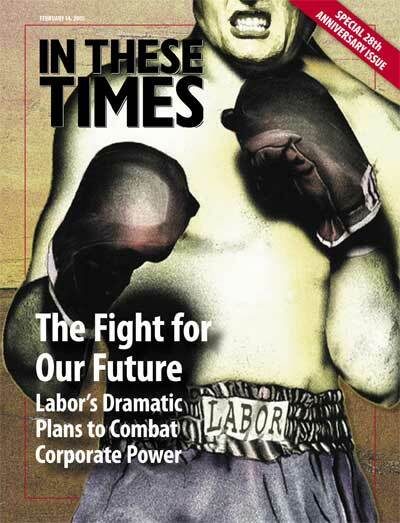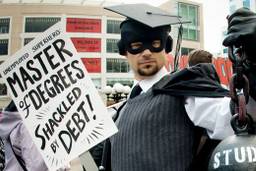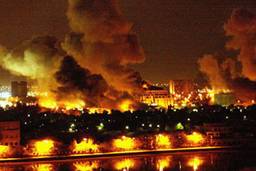In some ways, that’s exactly the question a lot of people seem to be asking. Here’s the short answer: The AFL-CIO works to coordinate the activities and the leverage the collective strength of its affiliates in three main areas — organizing, lobbying and politics.
Perhaps the thing the AFL-CIO does best these days is mobilize its members to vote. Under Sweeney and the federation’s former political director Steven Rosenthal (who subsequently founded America Coming Together), the AFL-CIO has been tremendously successful in increasing turnout among voters in union households through coordinated worker-to-worker contact. In fact, in the last three presidential elections, even as the percentage of unionized households has shrunk, the percentage of voters from unionized households has increased. In addition to this kind of political activity, the AFL-CIO also donates a substantial amount of money to campaigns. Money, the federation hastens to note, that comes from volunteer contributions by its members.
The AFL-CIO also lobbies at both the state and national level for worker-friendly legislation. Here its success has been more limited. Two years ago it lost a very public fight over whether Department of Homeland Security workers would be allowed to join a union. With Republicans now in control of both houses of Congress, pro-worker legislation is not exactly on the horizon.
Organizing is the final area of focus, and a relatively new one. In 1996, John Sweeney, then president of SEIU, was elected to lead the AFL-CIO on a platform that argued the federation’s chief function should be to facilitate organizing by its affiliates. Under Sweeney, the AFL-CIO has diverted more resources to organizing, and it established the Organizing Institute and Union Summer to train the next generation of labor organizers. While many view these changes as welcome, they clearly haven’t succeeded in growing the movement fast enough. Union density has decreased under Sweeney at about the same rate as his predecessor.
On top of these major functions, the AFL-CIO also enforces (or tries to enforce) jurisdictional boundaries so that unions don’t “poach” each other’s workers. There’s near unanimous agreement that in this area, the AFL-CIO has been a miserable failure, and that’s the issue most likely to be addressed at the convention this summer.
One thing to keep in mind: The merger between the American Federation of Labor and the Congress of Industrial Organizations that founded the AFL-CIO in 1955 wasn’t easy to pull off. With unions in both bodies wary about ceding power or autonomy, it was created as a kind of loose federation — more like the United Nations than the United States — and to this day it has retained that essential feature. The organization has taken some heat in the last year, but blaming John Sweeney for problems in the labor movement is a little like blaming Kofi Annan for not stopping the Iraq War. Like Annan, Sweeney is essentially a mediator between the competing interests of the affiliate unions. A key issue to watch for this summer is whether AFL-CIO emerges with stronger centralized authority.





